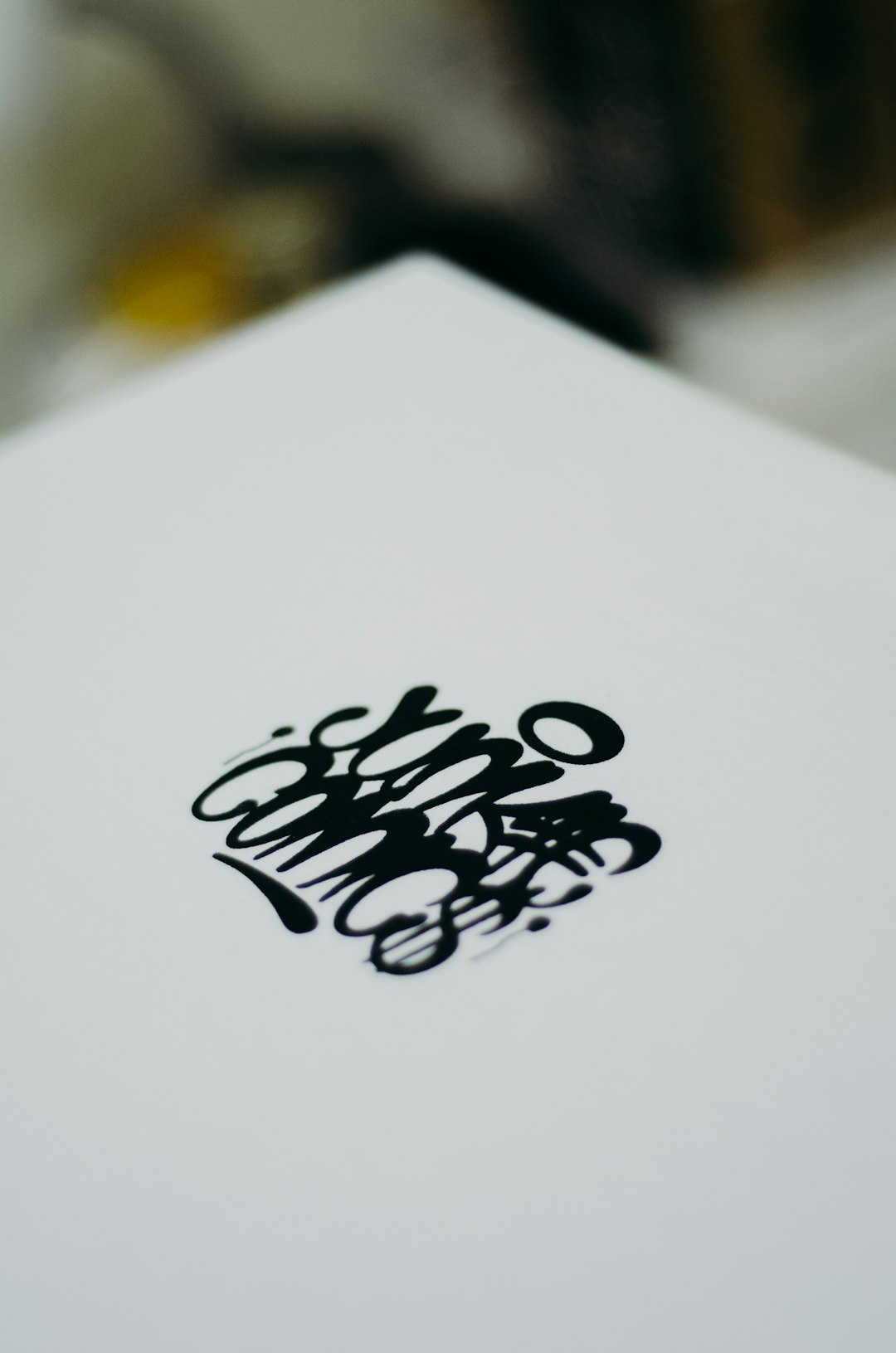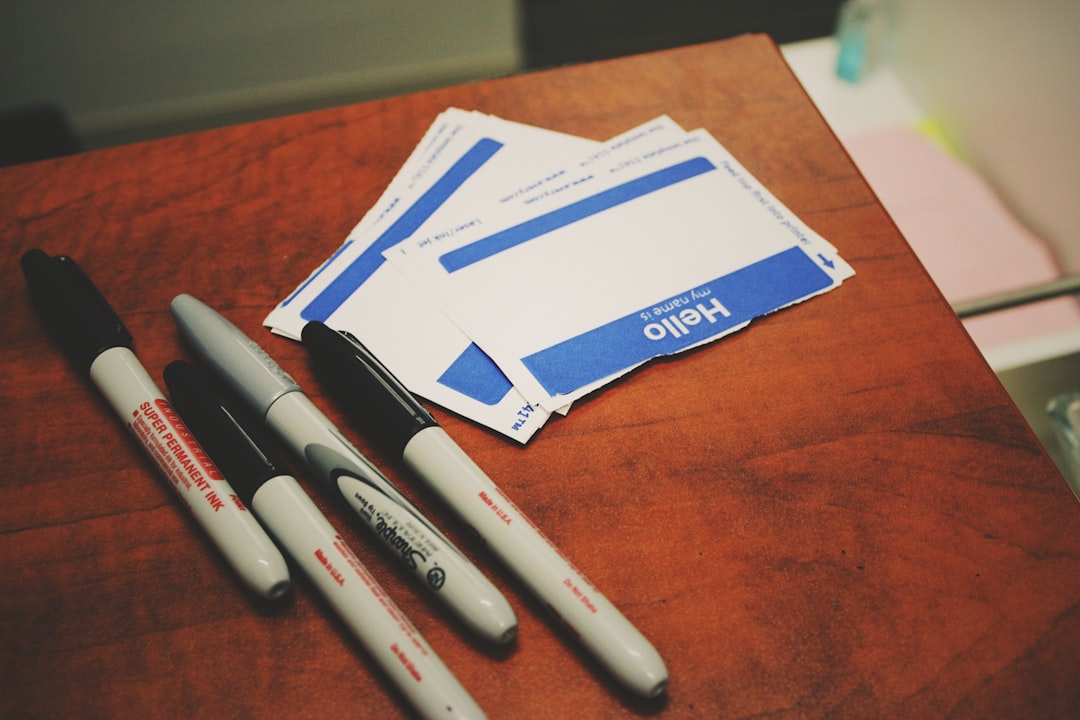Have you ever emailed someone from your iPhone and noticed that little line at the bottom of your message: “Sent from my iPhone”? While it’s a default setting meant to promote Apple’s brand, it may not be doing any favors for your personal or professional image. In a world where every interaction counts—especially in business—what you say, even in a signature, matters.
Removing the “Sent from my iPhone” signature is a small but important step in improving your digital communication and branding. In this article, we’ll explore why you should change this default setting, how to do it, and what you should consider replacing it with. Plus, we’ll share some powerful branding tips to polish your email persona.
Why Remove “Sent from My iPhone”?
This email signature might seem harmless, but it can carry unintended implications. Here are a few reasons professionals and savvy communicators decide to delete or update it:
- It lacks personalization: The default message doesn’t say anything about you or your brand.
- It can appear unprofessional: In formal or business settings, default signatures can look lazy or careless.
- It subtly promotes Apple: You’re essentially offering free advertising in every message you send.
- It may imply a hurried message: Some people interpret mobile signatures as indicating that the email was written quickly or with less attention.
Simply changing this signature can make your messages look much more thoughtful and aligned with your identity.
How to Remove or Change the Signature on iPhone
Luckily, it only takes a few taps to remove or edit the signature:
- Open the Settings app on your iPhone.
- Scroll down and tap Mail.
- Tap Signature.
- You will see the default “Sent from my iPhone” message. Delete it or replace it with your own custom signature.
You can even create different signatures for each email account on your iPhone if you manage both personal and professional emails from the same device.
What Should You Replace It With?
Now that the default is gone, you’re free to craft a signature that represents your personality, values, and brand. Here are some elements you might consider:
- Your full name
- Your job title and company
- Contact info: phone number or alternate email
- A website or LinkedIn profile link
- A short tagline or motto
Here’s an example of a clean but informative signature:
Jane Doe Marketing Strategist | BrightPath Media jane@brightpathmedia.com | 555-123-4567 brightpathmedia.com | LinkedIn: @JaneDoeMarketing
This kind of signature adds value to your emails and leaves a stronger impression than the generic Apple tagline.
Image Over Text: Using Branded Email Signatures
For even more impact, consider using a more visual signature composed of an HTML template with your logo and brand colors. Many third-party services and email platforms allow you to incorporate images, icons, and hyperlinks.

But be cautious: visual email signatures may not display perfectly in all email clients, especially when sending from mobile. Always test your email signature to make sure it renders well across devices.
How Professional Email Signatures Impact Your Brand
In business, every detail counts. The way you sign your emails is more than just routine—it’s a branding opportunity. Here’s how a professional-looking signature can influence your brand perception:
- Builds trust: A well-composed signature gives the impression that you’re professional and reliable.
- Boosts visibility: Including links or titles can redirect contacts to your work easily.
- Increases engagement: People are more likely to connect with you on LinkedIn or visit your website if the links are right there.
- Establishes consistency: Using the same styling and messaging in your signature across all platforms reinforces brand identity.
People form impressions rapidly—sometimes within seconds—so it makes sense to make the most of your digital ‘handshake’.
Branding Tips for Your Email Signature
Here are some creative but practical branding tips to take your email signature to the next level:
1. Keep It Simple and Clear
Don’t overload your signature with too much information. Stick to essentials—name, role, company, and one or two ways to connect. A cluttered signature can overwhelm the reader.
2. Use Brand Colors and Fonts Sparingly
Incorporate your company’s color palette sensibly, perhaps in your name or a small bar line. Avoid using multiple or hard-to-read fonts—clarity should be your primary goal.
3. Add a Call-to-Action
Signatures are a great place for a soft CTA (Call-to-Action). Something like “Schedule a free consultation” or “Download our latest e-book” can subtly guide the reader’s next step without being too salesy.
4. Include a Professional Headshot or Logo
Adding a profile photo or your business logo personalizes the interaction. However, make sure the image is optimized for email (small in size, but high in quality).

When (If Ever) It’s Okay to Use Default Signatures
There might be rare instances where keeping a mobile signature like “Sent from my iPhone” can work to your advantage. For example:
- To signal brevity: In fast-paced industries, it may let people know you’re replying quickly on the go and not ignoring formatting for no reason.
- During emergencies: If you’re responding during travel or power outages, people may appreciate knowing you’re not at your desk.
But even in these cases, a modified message like “Sent from mobile—please excuse typos” might come across as more human and sensible compared to the default Apple-sanctioned line.
Final Thoughts
Your email signature is often the last thing people see, but it’s a powerful personal branding statement. Replacing that generic “Sent from my iPhone” message with a custom, meaningful signature is a simple change that can pay big dividends in professionalism and perception.
Whether you’re a freelancer, entrepreneur, or part of a larger brand, there’s no reason to waste this daily real estate on generic branding. Take five minutes to customize your mobile email signature today—and make every message count.
I’m Sophia, a front-end developer with a passion for JavaScript frameworks. I enjoy sharing tips and tricks for modern web development.
